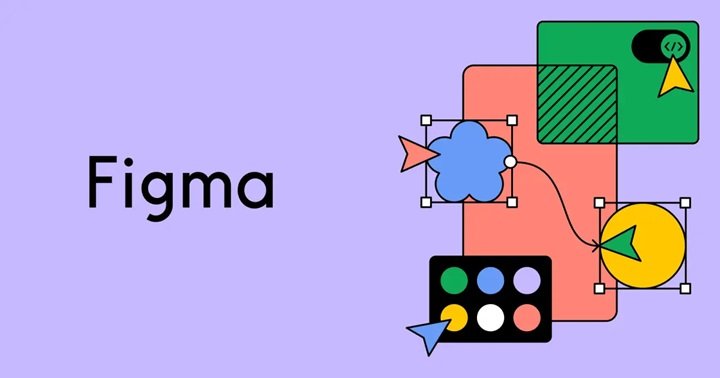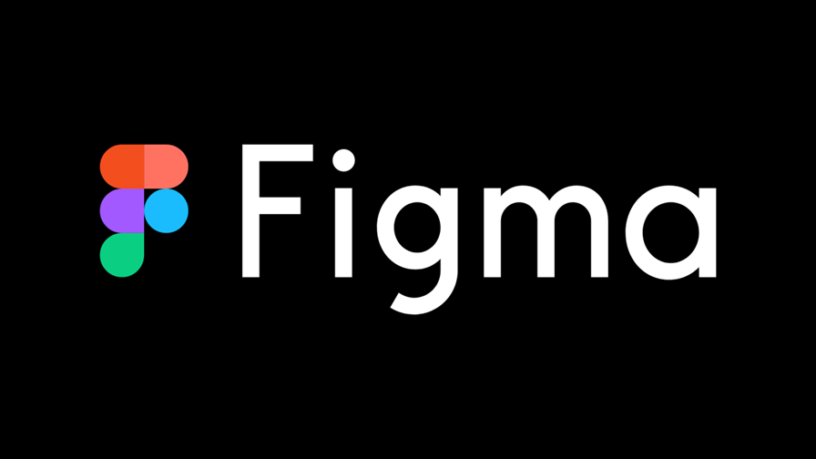Table of Contents
Hey there, fellow design enthusiasts! 🌟 Have you ever found yourself marveling at the sleek interfaces of your favorite apps and websites, wishing you could create something just as stunning? If so, you’re probably no stranger to Figma, the collaborative design tool that’s taken the creative world by storm. But did you know you can take your Figma skills to the next level with Figma certification?
In this article, we’re diving deep into everything you need to know about Figma certification. We’ll explore why it’s worth your time, how it can boost your career, and share some real-life examples to illustrate its impact. So, grab your favorite beverage, get comfy, and let’s embark on this design journey together!
What is Figma Certification?
First things first, what exactly is Figma certification? In a nutshell, it’s a recognition of your proficiency in using Figma. This certification not only validates your skills but also demonstrates your commitment to staying updated with industry standards. Think of it as a badge of honor that showcases your design prowess to potential employers and clients.
Why Should You Get Certified?
Now, you might be wondering, “Do I really need this certification?” The short answer is yes, and here’s why:
- Career Advancement: Whether you’re a seasoned designer or just starting out, a Figma certification can significantly enhance your resume. It sets you apart from the competition, showing employers that you have a verified skill set.
- Skill Enhancement: Preparing for the certification will push you to explore features and functionalities of Figma that you might not have used before. It’s a fantastic way to become a more well-rounded designer.
- Credibility: For freelancers, having a Figma certification can boost your credibility. It reassures clients that they’re working with someone who has proven expertise in the tool.
Real-Life Example: Sabah’s Story
Let’s look at a real-life example. Meet Sabah, a freelance UI/UX designer. Sabah had been using Figma for about a year, primarily for creating wireframes and prototypes. She was good at her job but wanted to attract more high-profile clients. That’s when she decided to pursue Figma certification.
During her preparation, Sabah discovered advanced features like interactive components and team libraries. She also learned about best practices in design systems, which she hadn’t fully explored before. After earning her certification, Sabah updated her portfolio and LinkedIn profile, proudly showcasing her new credential.
Within a few months, Sabah noticed a significant uptick in client inquiries. One particular client, a well-known tech startup, specifically mentioned being impressed by her Figma certification. This opportunity not only boosted her income but also expanded her network in the tech industry.
How to Get Figma Certified
Ready to follow in Sarah’s footsteps? Here’s a step-by-step guide to getting Figma certified:
- Study the Material: Refer to the wealth of resources, including tutorials, webinars, and documentation. Make sure to go through these materials thoroughly.
- Practice, Practice, Practice: Use Figma regularly to get comfortable with its features. Work on mock projects, join design communities, and seek feedback from peers.
- Take the Exam: Once you feel ready, register for the exam. It typically includes a mix of multiple-choice questions and practical tasks that assess your proficiency in Figma.
- Showcase Your Certification: After passing the exam, update your resume, LinkedIn, and portfolio with your new credential. Don’t forget to share the news on social media – your network will be eager to congratulate you!
Real-Life Example: The Design Team Transformation
Here’s another inspiring story. A mid-sized marketing agency decided to have their entire design team get Figma certified. Initially, the team used a mix of different tools, which often led to compatibility issues and inefficiencies. The agency head, Lisa, believed that standardizing on Figma and getting certified would streamline their processes.
After the team completed their certification, the transformation was remarkable. Collaboration improved dramatically as everyone was on the same page with Figma’s features. They could easily share and iterate on designs, leading to faster project completion times. Clients were impressed with the professionalism and consistency of the work, and the agency saw a notable increase in repeat business.
Wrapping Up
In the ever-evolving world of design, staying ahead of the curve is crucial. Figma certification is more than just a credential – it’s a testament to your dedication and expertise. Whether you’re looking to advance your career, enhance your skills, or boost your credibility, this certification can open doors to new opportunities.
So, what are you waiting for? Start your journey towards Figma certification today and watch as your design career reaches new heights. Happy designing! 🎨

Frequently Asked Questions About Figma Certification
Is Figma certification worth it?
Absolutely! Figma certification validates your design skills, enhances your resume, and can open doors to better career opportunities. It demonstrates your commitment to mastering the tool, making you more attractive to employers and clients alike. For freelancers, it boosts credibility, helping you secure high-profile projects.
How to become Figma certified?
To become Figma certified, follow these steps:
- Understand the Requirements: Visit training & certification page to get detailed information on the exam prerequisites.
- Study the Material: Utilize Figma’s tutorials, webinars, and documentation to prepare.
- Practice Regularly: Work on mock projects and seek feedback from design communities.
- Showcase Your Certification: Update your professional profiles and portfolio with your new credential.
What are the limitations of Figma?
While Figma is a powerful tool, it has a few limitations:
- Performance Issues: Large files can sometimes slow down the application.
- Offline Access: Figma primarily works online, which can be a drawback if you have limited internet access.
- Learning Curve: New users might find some advanced features challenging to master initially.
How difficult is Figma?
Figma’s intuitive interface makes it relatively easy to learn the basics. However, mastering advanced features and becoming proficient enough for certification can be challenging and requires practice. The difficulty level largely depends on your previous design experience and how quickly you can adapt to new tools.
How long will it take to learn Figma?
The time it takes to learn Figma varies. Beginners might need a few weeks to get comfortable with basic features, while becoming proficient enough for certification can take several months of regular practice. Consistent use and engagement with Figma’s resources will expedite the learning process.




Leave a Reply